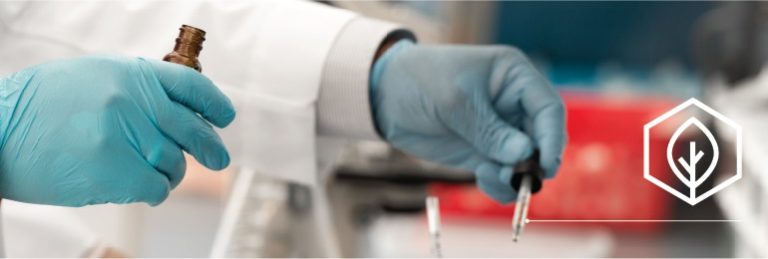By Joseph Cahalan, President, Xerox Foundation
It somehow seemed fitting that on a weekend when Americans paused to give thanks and reflect on all the good they have been fortunate enough to receive, I was leaving Fairfield County, Connecticut, one of the most affluent places on earth, to travel to one of the poorest. Destination: Ngara, Tanzania, right on the Rwandan border. I was going to visit a project supported by Xerox that deserves a word of explanation because it is far from representative of where and what we invest our resources in.
Most of our philanthropy is aimed at improving education, particularly STEM education in the United States; pushing the boundaries of what science and technology can do to make our lives a little easier and more humane; and fostering sustainable economic development.
Following the earthquake that devastated Pakistan several years ago, Xerox employees in Dublin raised money to support Concern Worldwide, an NGO based in Ireland. The Xerox Foundation was persuaded to match what our employees raised and an unlikely partnership was borne. (Disclosure: I feel privileged to serve now on the board of the U.S. arm of Concern.)
Concern U.S. approached us with an idea. Their field operations in some 25 countries are always coming up with new ideas of serving “the poorest of the poor” better, but can never find the resources to take a chance on trying them out. Why not have a competition among the field teams, choose the most innovative idea and give it a try? Would Xerox, with a well earned reputation for innovation, fund it?
We did. The winning idea was aimed at helping reverse the spread of malaria, one of the worst scourges in the developing world. The Concern team had a hunch that a plant, Lantana, acted as a natural deterrent to mosquitoes. An experiment was designed and implemented and the initial results are promising.
That would be rather amazing so I am going to see for myself. I have a long list of questions. How rigorous is the experiment — wishful thinking or good science? What do the local people think of all this? How possible is it to replicate the results in a broader and more sustainable way?
After flights from New York to Dubai to Dar Es Salaam to Mwanza, I am spending the night here in Mwnaza. Tomorrow James Davey, Concern’s Country Director for Tanzania will accompany me 150 miles due west via car and ferry to Ngara. More on that trip and what I find out about the search for an innovative way to fight malaria in a day or two.



I am truly amazed, Joe, by these types of experiences and the role that Xerox plays. It is humbling when you consider what goes on beyond our “busy and complicated” daily lives… thank you and for sharing. Look forward to hearing more.
I just read the Web Board article “Found in Tanzania: Innovation and Inspiration” and had to click on the links for more information. The more I read, the more I wanted to know…
This story is truly amazing and heartwarming. It is such a humbling experience to learn about these efforts and how the Xerox Foundation is supportive of such needed projects.
Thanks for sharing Joe. I can’t wait to see your article on the future results. En hora Buena!